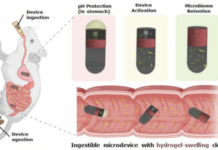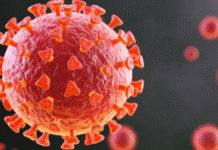NEW DELHI– A global study suggests that children who consume diets rich in omega-3 fatty acids may have a lower risk of developing shortsightedness (myopia). The findings, published in the British Journal of Ophthalmology, provide some of the first human evidence linking omega-3 intake with eye health in children.
Researchers from China, the U.S., and Singapore analyzed data from 1,005 children aged 6 to 8 in China, assessing their diets, physical activity, and eyesight. Around 27.5 percent of the children were diagnosed with myopia. The study found that higher dietary intake of omega-3 polyunsaturated fatty acids (PUFAs) was associated with shorter axial length and less myopic refraction — key indicators of slower progression toward nearsightedness.
“Omega-3 fatty acids may suppress myopia by increasing blood flow through the choroid, the vascular layer of the eye that delivers nutrients and oxygen, thereby preventing scleral hypoxia — a major factor in the development of shortsightedness,” said Professor Jason C. Yam of the Chinese University of Hong Kong, the study’s corresponding author.
Omega-3 PUFAs, found primarily in fish oils, have long been known to help prevent or improve conditions such as dry eye disease and age-related macular degeneration. This study suggests they may also serve as a protective factor against childhood myopia.
The researchers also noted that high intake of saturated fats — found in foods such as butter, palm oil, and red meat — appeared to increase the risk of myopia.
While the findings highlight a potential dietary approach to reducing childhood myopia risk, the study was observational and cannot establish direct cause-and-effect. Researchers emphasized the need for further clinical studies to confirm whether increasing omega-3 intake can actively prevent the onset of shortsightedness in children. (Source: IANS)













